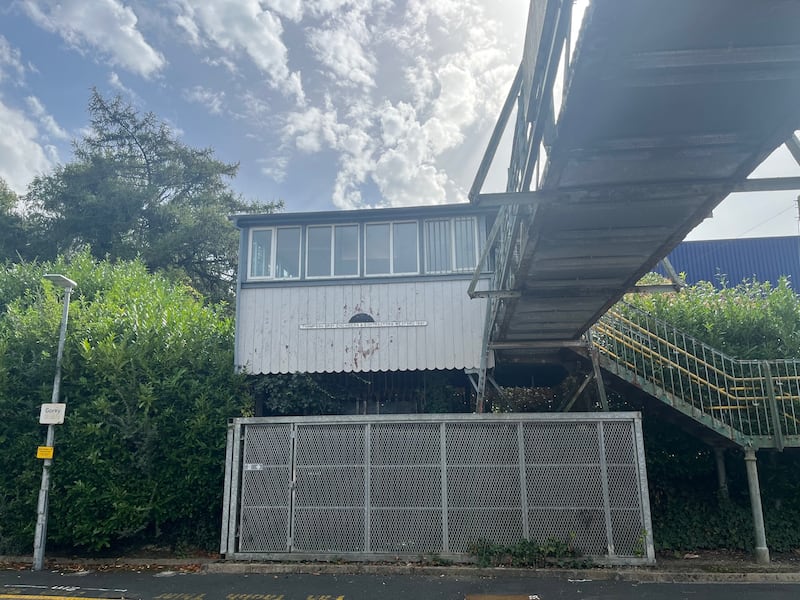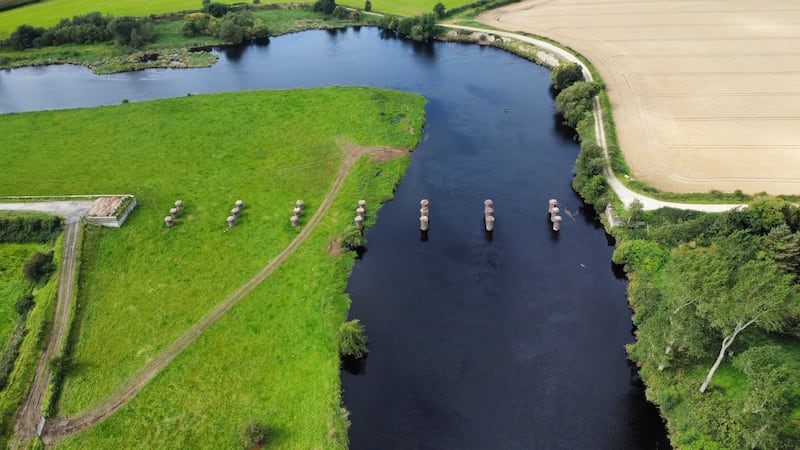A university lecturer who is on a mission to cross 83 EU borders by rail has drawn up a number of recommendations to improve public transport in Ireland.
Jon Worth, a visiting professor at the University of Brugge and a campaigner for better public transport, set out to traverse EU internal border crossings by train to demonstrate practical difficulties with Europe’s rail network.
He said he was prompted to do so by “paper exercises” in which the EU said rail crossings were available, whereas in many cases they turned out to involve bus transfers or walks of a couple of kilometres between stations.
Mr Worth said he was persuaded to include Ireland in his project by Green Party MEP Ciarán Cuffe, even though the State no longer has a rail-based border with another EU member state due to Brexit.
Actor Armie Hammer resurfaces as host of celebrity podcast
Heart-stopping Halloween terror: 13 of cinema’s greatest jump scares
Doctor Odyssey’s core message: just imagine Pacey from Dawson’s Creek holding you tight and saying, ‘Shhh, it’s okay’
Conor Niland’s The Racket nominated for William Hill Sports Book of the Year
Arriving in Ireland, at Ringaskiddy in Co Cork from Roscoff in France, Mr Worth said he was surprised to find there was no bus or train service that met the ferry.
“There is a Bus Éireann service from Ringaskiddy village, but that is about 1.5km away,” he said, adding that getting to this would be difficult for those with suitcases. He said it should be possible to extend the Ringsakiddy bus service “even if only at ferry times” to the docks.
Moving to Rosslare Harbour in Co Wexford, he found there was an 8.15am sailing from the Europort but this was not served by a rail link as there were no trains at that time. He said there was a bus service from Wexford “but the traffic was such that I ended up taking my fold-up bike off the bus and cycling the last few kilometres”.
Mr Worth said trains leaving Rosslare for Dublin operated to a timetable independent of the ferry timings, even though co-ordinating them would not be difficult. However, he noted that the Rosslare train had to adhere to a rigid timetable to get through the Dart network en route to Dublin.
To avoid this difficulty, Mr Worth said “it could be better” to route the Dublin trains on the old Rosslare to Waterford line and go via Carlow to Dublin. He said the journey “would be longer” but that Irish Rail could utilise its plans for four tracks on the Kildare line to speed up services into Heuston Station.
Mr Worth said a 200km/h service between Dublin and Cork and Dublin and Belfast would be very feasible.

He said the special sail-and-rail tickets offered by ferries to foot passengers represented very good value, at €60, but were available for travel only from Dublin to London. He said on the direct route to France, sail-and-rail tickets had to be booked separately, first as a foot passenger on the ferry, and then on the website of the onward train provider in France.
Mr Worth said that while the rail services to Northern Ireland were generally good, there were many difficulties with extending services to Letterkenny.
While the All Ireland Strategic Rail Review proposed a service from the Dublin-Belfast line at Portadown, via Strabane to Letterkenny, which was welcome, this was a longer-term aspiration and had some engineering difficulties.

Mr Worth said Irish Rail was “working the last bit of capacity out of the network”, but more could be achieved with changes in connectivity.
Irish Rail spokesman Barry Kenny said the suggestions were generally positive. He said an announcement was expected on sail-and-rail tickets to France.
In relation to the Rosslare route, Mr Kenny acknowledged issues with travelling through the Dart network and the single line through Bray Head. But he said a public consultation was under way on reopening the Rosslare to Waterford line, “which would certainly give us more options”.
He said the completion of the four-tracking of the Kildare line would “certainly help”.
[ ‘The journey takes as long as it should’: can Ireland join the train revolution?Opens in new window ]
[ All aboard for a great day out: The best railway attractions around IrelandOpens in new window ]
Mr Kenny said achieving 200km/h speeds on the Cork and Belfast lines between 2030 and 2040 was an ambition of the rail review and, in the shorter-term, intercity frequencies would be improved.
“Ultimately it is going to be down to demand and finance, but an expanded network would certainly give us more options,” he said.





